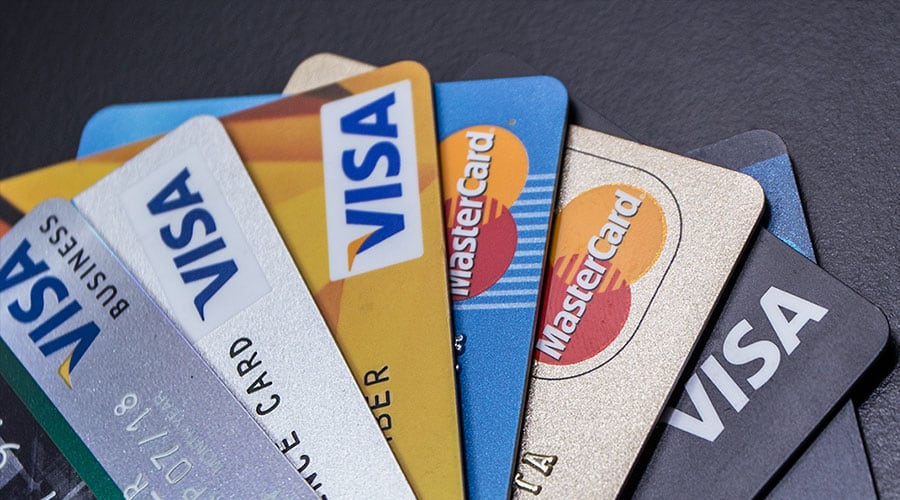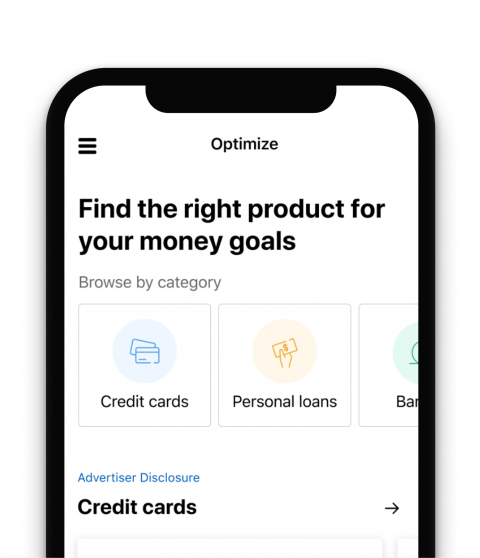
Check your credit
Check your credit score to see what credit card offers you might be eligible for. Your chances of being approved for cards with better benefits increase with your score. Among ways to check your score:
- NerdWallet offers free access to credit scores.
- Many credit card issuers give cardholders free FICO scores.
- Credit scores are sold by the three main credit bureaus, Equifax, TransUnion, and Experian.
If the amount isn’t what you anticipated, investigate the reason(s) by consulting your credit reports. Then, if necessary, you can begin determining how to make it better by altering your spending patterns or challenging an error on your reports. You are entitled by federal law to one complimentary copy of your credit report from each of the three major credit bureaus once a year. Get your free reports at AnnualCreditReport. com, a federally authorized site.

Identify which type of credit card you need
There are three general types of credit cards:
- Cards that assist you in repairing damaged or limited credit
- Cards that save you money on interest.
- Cards that earn rewards.
The best card for you is the one whose features are tailored to your unique requirements. For example, the best travel card in the world won’t be very helpful if you don’t travel frequently.
If you want to build or rebuild credit: Student or secured credit card
Compared to other credit card kinds, student credit cards—unsecured cards designed for college students with no credit history—are simpler to be approved for. So are secured credit cards, which typically call for a $200 or greater security deposit. When the account is closed in good standing or upgraded, your deposit is refunded.
If you want to save on interest: Low-interest, 0% APR or balance transfer card
If you have an irregular income and carry a balance from time to time, or if you plan to use your credit card in emergencies, then a card with an introductory 20% annual percentage rate and ongoing low interest rate could be a good fit for you. You may be able to pay off a high-interest debt interest-free with a balance transfer offer. Remember that if your credit is average or below average, you might have trouble finding these offers.
%C2%BB%20MORE: Using this flowchart, find the best credit card with a low interest rate or a 200 percent annual percentage rate.
If you want to earn rewards: Rewards, travel or cash back
If you pay off your credit card debt in full each month and never pay interest, a rewards credit card might be a good fit for you. With greater sign-up bonuses and rewards like points, miles, or cash back on every dollar you spend, these cards usually have higher annual percentage rates.
» MORE: Use this flowchart to identify the top rewards credit card.
Narrow your choices by asking the right questions
Use NerdWallet’s credit card comparison tool to find the kind of credit card you want, then refine the results based on your monthly spending and credit score. As you go through the top picks, consider these questions.
For student and secured credit cards:
- Look for a card that reports your credit card payments to the three major credit bureaus. Will this card help me build my credit? Many secured cards dont do this.
- The rewards on these cards are usually not high enough to justify an annual fee; the total cost to open an account includes the annual fee. Unless your credit is really bad, you should be able to avoid this expense. Although your credit limit might be directly correlated with the amount of the deposit you make, for secured cards, the lower the security deposit, the better.
- Is there a way for me to graduate to a better card later? Pick a card that will allow you to establish credit so you can later upgrade to one with better terms. This facilitates the process of keeping your card open longer, ultimately increasing the average age of your accounts.
For low-interest, 0% APR or balance transfer cards:
- Seek out a credit card that offers you enough time to pay off your debt interest-free. How long is the 200 percent annual percentage rate period? What is the ongoing interest rate? Choose a credit card with a low ongoing annual percentage rate (APR) if you intend to carry balances over a number of years.
- Check the balance transfer fees of a card before making a balance transfer. What is the balance transfer policy of the card? Find out which debts you can transfer and whether the total amount you can move over is limited. Keep in mind that a card’s balance transfer APR and purchase APR might differ.
- Does the card offer rewards? If you’re looking for only a few months of 200 percent APR, maybe instead of a sign-up bonus of 20 percent E2%80%94, you might be able to find a card that generously offers ongoing rewards as well.
For rewards, travel or cash-back cards:
- What is my spending pattern? Choose a credit card that offers the best rewards for the categories where you spend the most of your money. If you’re a heavy consumer, you might want to get a card with an annual fee if the rewards you earn will make up for it. If you intend to use the card overseas, make sure it has no fees associated with foreign transactions.
- How complex is this credit card? Think about a card with flat-rate cash-back rewards if you don’t want to deal with spending caps, rotating bonus rewards, limited availability of award seats, and loyalty tiers.
- Learn how much my rewards are worth and how quickly I can earn them by reading NerdWallet’s rewards valuations.
Apply for the card that offers you the highest overall value
It’s easy to narrow down your options, but it can be challenging to choose between two or three similar cards. After Step 3, if a winner has already been identified, select that one. If not, it’s time for a tiebreaker round.
Look closely for differences. If all other values are equal, the following characteristics could make a card unique:
For student and secured cards:
- Credit limit automatically increases. After a few consecutive on-time payments, you may be able to raise your limit on some cards.
- Interest paid on your deposit. Certain secured credit cards transfer your security deposit to a CD that yields interest. In this manner, you can profit somewhat from it.
For low-interest, 0% APR or balance transfer cards:
- Debt payoff planner. If you’re drowning in debt, some issuers allow you to design your own debt payback plan via an online portal, which is a useful tool.
- No late fees or penalty APR. Certain cards waive these charges. This could be useful in the event that you fall behind on payments.
For rewards, travel or cash-back cards:
- Lower required spending. The better, the less you have to spend in order to be eligible for a sign-up bonus.
- No expiration date on rewards. You can use your rewards on certain cards as long as you keep the card open.
Remember that you can include all income you have reasonable access to on the application, not just your personal income, when you finally select a card. For students, this can include parental allowances or funds from grants and scholarships. For others, it may include a partner or spouses income.
So you’ve found the best credit card. What’s next?
While selecting the best credit card is a crucial step, don’t stop there. To maximize your savings, use your card wisely. Pay your bills in full each month and limit how much of your available credit you use if you’re attempting to build credit. If you managed to snag a 20% off APR deal, stick to your debt payoff plan. Additionally, if you want to accrue rewards, make regular purchases with your card and pay it off in full each month.
Whether you want to borrow money, increase your credit limit, or accrue rewards, the credit card you select should enable you to accomplish your financial objectives in the most economical and effective manner. Don’t settle for less. Find your best credit card here.
Find the right credit card for you.
The best credit cards available allow you to do both—earn more rewards and pay less interest. Simply provide your answers to a few questions, and we’ll focus your search.

FAQ
What is a credit card and how does it work?
With credit cards, you can get a line of credit that you can use for purchases, cash advances, balance transfers, and other transactions. However, you will eventually need to repay the loan balance. You must pay the minimum amount due on your credit card by the due date each month if you use one.
What is the $300 credit card limit for bad credit?
The Mission Lane Visa® Credit Card might be a good option for you if you have poor credit and want a credit card without a security deposit. It provides credit lines with a $300 minimum and 0 annual fees.
Read More :
https://www.nerdwallet.com/article/credit-cards/how-to-pick-the-best-credit-card-for-you-4-easy-steps
https://www.investopedia.com/terms/c/creditcard.asp